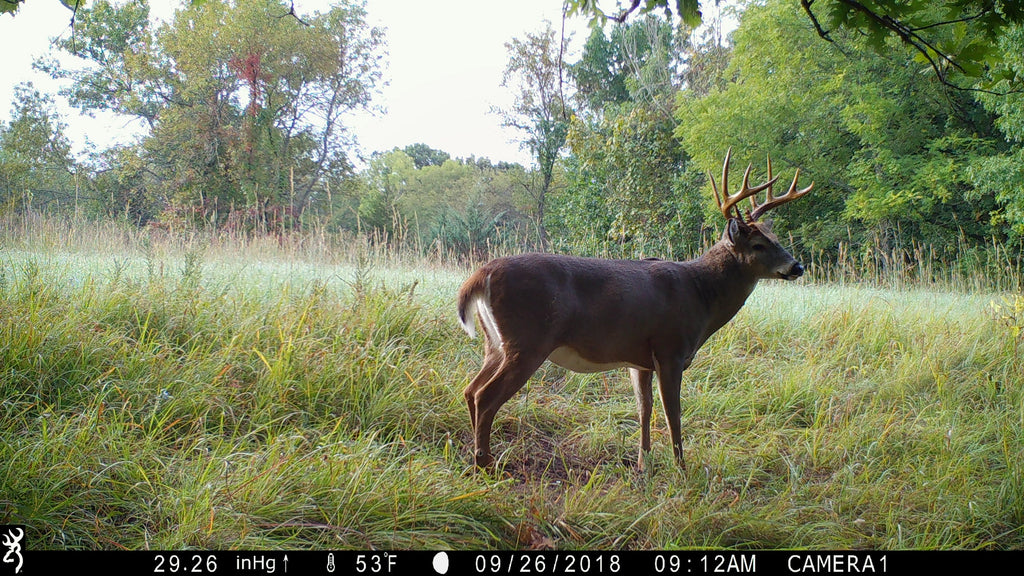How To Get Started Whitetail Deer Hunting

Whitetail hunting is often seen as a tradition passed through generations, yet many successful hunters start later in life. What matters most is not the length of experience but the deliberate effort to learn. With the right knowledge, respect for the land, and a willingness to observe and adapt, a new hunter can approach their first season with confidence and steadily develop skill year after year.
Understand State Regulations and Licensing
Before choosing gear or scouting locations, familiarize yourself with the regulations in your state. Season dates, permitted equipment, harvest limits, and education requirements vary across the country. Some states require new hunters to complete an approved safety course, while others offer apprentice licenses that allow supervised hunting. Current, accurate information is always available from state wildlife agencies. Entering the field with a clear understanding of the rules ensures you hunt responsibly and are prepared.
Learn Basic Whitetail Ecology
Whitetails make decisions based on essential needs: food, water, and security. As resources change through the year, deer adjust their routines to prioritize safety and efficiency. Early fall often finds deer moving between secure bedding areas and feeding zones. Later in the season, when food is scarce, movement condenses along predictable corridors. Understanding these seasonal behaviors helps identify the most promising hunting areas and informs strategic planning.

Scout with Purpose
Effective scouting begins with maps rather than immediately hitting the woods. Aerial and topographic imagery can reveal natural funnels, ridges, creeks, and field edges—terrain features that consistently guide deer travel. Once key zones are identified, walk the property to confirm evidence of deer activity, such as tracks, trails, rubs, and scrapes.
Placing a trail camera in areas of frequent use transforms early scouting into a detailed observation system. A properly positioned Browning Trail Camera captures movement day and night, revealing patterns that are often missed during brief visits. Over days, weeks, and months, this data provides a structured understanding of your property and helps refine your hunting strategy with clarity and precision.
Video: Mike Bridger, British Columbia
Choose Reliable Gear
Success is less about accumulating equipment and more about choosing dependable tools. Whether hunting with a rifle, bow, or muzzleloader, consistent practice builds accuracy and confidence. Pair that with quiet, weather-appropriate clothing and a safety harness when hunting from elevated positions. A solid stand, thoughtful access routes, and careful attention to wind typically influence results more than expensive or flashy gear.
Trail cameras are among the most valuable tools a hunter can use. They provide insight into deer activity, help refine stand placement, and reduce unnecessary trips into the field. Minimizing human disturbance ensures deer behave naturally, giving you an accurate picture of how your land functions.
Learn the Role of Wind and Scent
A whitetail’s sense of smell is highly sensitive, making wind direction and thermal patterns critical factors. Hills, valleys, and slopes can create air currents that either conceal or reveal your presence. Monitoring how deer respond under different wind conditions on camera teaches you how the landscape behaves and informs precise stand placement for optimal results.
 Image: Brett MacDonald
Image: Brett MacDonald
Interpret Your Data and Reflect
Growth comes from intentional reflection. After each hunt or scouting session, study your trail camera imagery, note periods of increased activity, and consider weather, wind, or changes in human pressure. Evaluate what worked, identify potential improvements, and observe the lessons the woods provide.
Use Trail Cameras Wisely and Realistically
Trail cameras are powerful tools, but must be used thoughtfully. Placement, angle, height, vegetation, and environmental conditions all influence results. Reviewing imagery in combination with field observations and terrain knowledge provides the clearest understanding of deer behavior and patterns.
Begin With Long-Term Thinking
Whitetail hunting is learned progressively. Each sit, observation, and analysis adds to your understanding. Watching how deer respond to pressure, track preferred routes, and navigate your property over the seasons develops informed, instinctive decision-making. Consistency is the product of steady attention, thoughtful observation, and gradual refinement.
Browning Trail Cameras
At Browning, we believe that knowledge is one of a hunter’s most valuable tools. Our trail cameras are built for clarity, reliability, and lasting performance. Whether you are planning your first season or refining strategies in later years, Browning Trail Cameras provide a clear view of what is taking place in the field. Review the images. Study the patterns. Apply what you learn. With the right knowledge, tools, and patience, every new hunter can transform observation into understanding and every season into progress.
